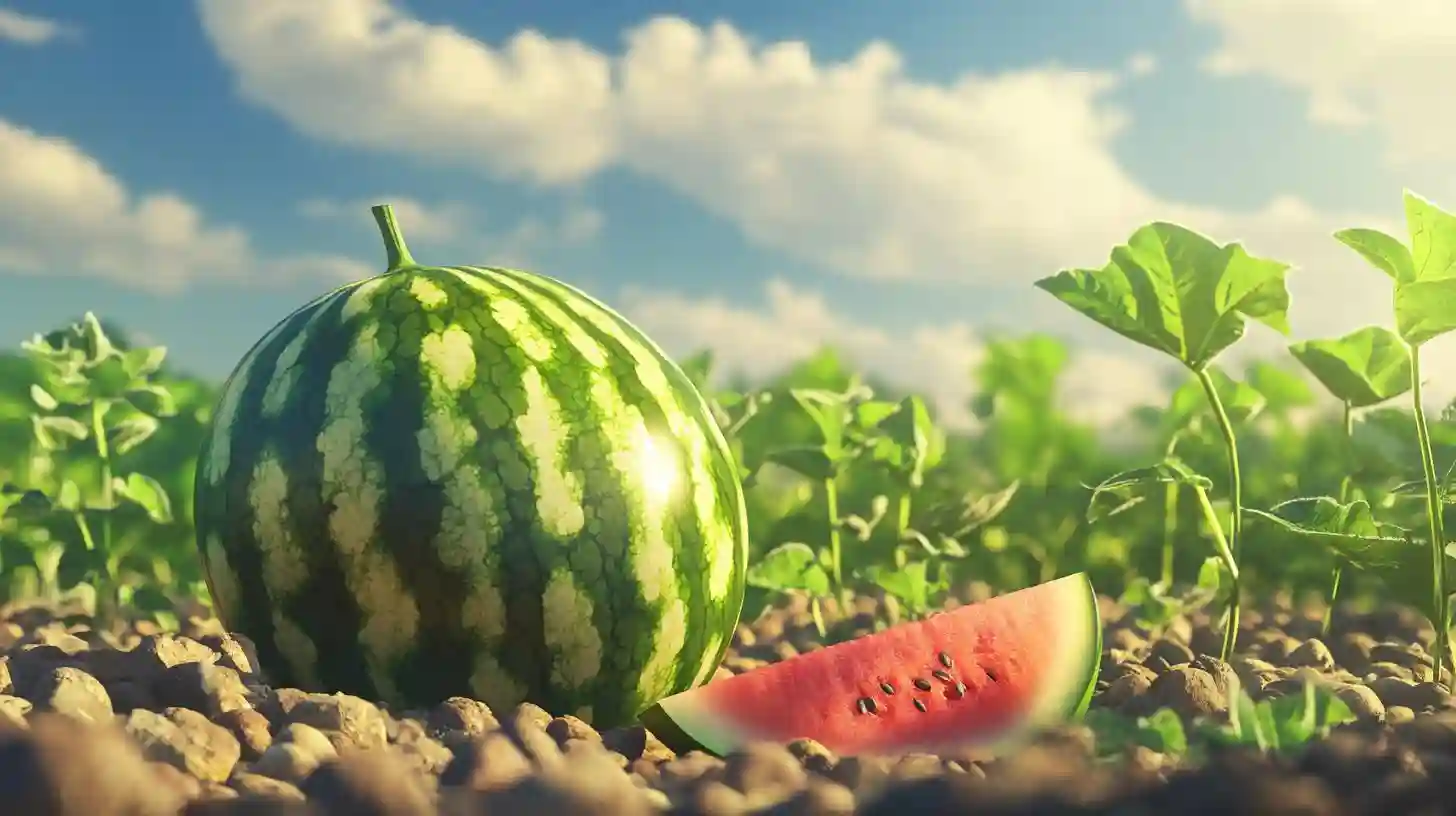
Selecting a ripe watermelon can often seem like a daunting task, especially when confronted with rows of similarly sized fruits in the grocery store or at a farmers' market. However, there are several expert tips that can help you differentiate between a watermelon that is perfectly ripe and one that is not quite ready for enjoyment.
One of the first things to consider is the color of the watermelon’s skin. A watermelon should have a deep green color with a slightly waxy texture. Avoid fruits with a shiny exterior, as this can indicate that the watermelon is under-ripe. Instead, look for a watermelon that has a matte finish; a dull appearance suggests ripeness. As you examine the skin, take a moment to check for any irregularities or blemishes. While minor imperfections are often harmless, large bruises or cracks can indicate that the fruit has suffered impact damage and may not be at its best.
Another significant indicator of ripeness is the field spot, which is the area on the watermelon that rested on the ground during its growth. This spot typically exhibits a yellow or creamy color. A ripe watermelon will have a pronounced field spot, while an under-ripe one will have a more white or greenish appearance. The color of this area helps indicate how long the fruit has been allowed to mature on the vine and can consequently affect its sweetness.
Weight is another factor to consider when shopping for watermelons. As is the case with many fruits, a ripe watermelon will feel heavy for its size. This indicates that it is full of water and has reached the right level of juiciness. When comparing several melons, choose the one that feels heaviest relative to its size. Often the smaller melon that feels denser will be sweeter than a larger, lighter watermelon.
A gentle thumping technique can also play a crucial role in identifying a ripe watermelon. This method involves tapping the surface of the watermelon with your fingers while listening for the sound produced. A ripe watermelon will produce a deep, hollow sound, indicating that it is full of water and air, which are essential for flavor and texture. In contrast, a higher-pitched sound may indicate an under-ripe or overly ripe fruit.
As you evaluate potential watermelons, don’t ignore the shape. A good watermelon should ideally be symmetrical. Irregularities, such as lopsidedness or odd bumps, can signal that the fruit did not mature evenly, potentially leading to a lack of flavor. In general, a round or slightly oval-shaped watermelon is desirable, as it tends to indicate that the fruit grew uniformly.
Additionally, consider the stem or vine end of the watermelon. If the stem is still attached, examine its condition. A dried-out stem often suggests that the watermelon is ripe, while a green or moist stem could indicate that it was harvested too early. However, not all watermelons will have stems, especially cut or pre-packaged options, so keep this in mind while you shop.
Finally, take a moment to indulge your sense of smell. While this may not be possible with pre-packaged watermelons, if you are buying a whole fruit and have the opportunity to smell it, a ripe watermelon will often have a faintly sweet aroma. An absence of smell can indicate that the watermelon is not quite ready to eat, while an overly pungent or fermented scent may suggest overripeness.
Shopping for a ripe watermelon is a sensory experience that can be mastered with practice and attentiveness. By employing these guidelines, you'll be more equipped to select a watermelon that delivers a satisfying flavor experience, ensuring your next summer picnic or family gathering is filled with juicy, sweet memories. Happy shopping and enjoy the refreshing taste of a perfectly ripe watermelon!